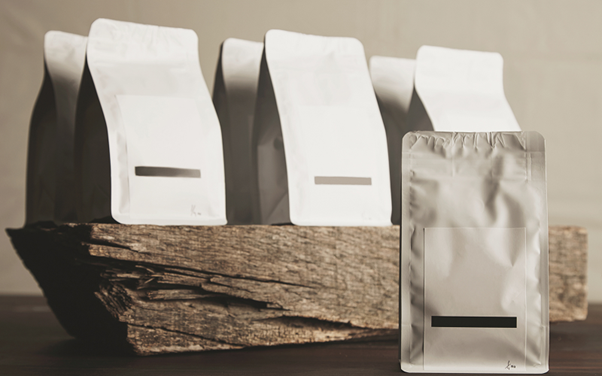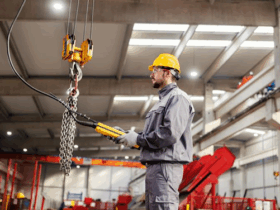When it comes to building anything that lasts more than a few seasons, the trio of concrete, steel, and wood tends to show up early and stick around. Whether it is a skyscraper, a shophouse, or a storage shed, these materials lay the groundwork (and sometimes the roof work) for projects big and small. Any reliable building construction materials supplier will tell you that each of these materials serves a unique purpose. But what makes each one suitable for the job? Let’s break it down.
Concrete: Solid as a Rock
Concrete has been around since Roman times, and there is a reason it is still holding up bridges, highways, and homes. It is tough, it does not burn, and it laughs in the face of rain and termites. In tropical places like Singapore, where humidity is part of daily life, that resistance matters.
Precast concrete panels are widely used in housing developments and infrastructure projects. Their ability to be moulded off-site and then assembled quickly on location makes them a time-saver. It is also one of the reasons why any dependable building material supplier in Singapore keeps concrete products in ready supply.
For projects that demand strength and low maintenance, concrete brings the muscle. It works best for foundations, columns, pavements, and floors, basically anywhere you need a material that does not mind being walked, driven, or poured over.
Steel: The Framework Favourite
Steel has become a go-to for projects that require precision and consistency. From commercial buildings to modern homes, steel frames offer clean lines and strong bones. Unlike concrete, which needs time to cure, steel arrives ready for action.
Its high strength-to-weight ratio means you can build tall and still stay safe. Plus, with new treatments and coatings, today’s steel stands up well to corrosion, a major perk in Singapore’s humid conditions.
When a building construction materials supplier mentions durability and load-bearing strength, steel usually tops the list. It is flexible enough to allow for creative architecture but strong enough to carry heavy loads. That’s why it is often seen in car parks, warehouses, and commercial developments.
Wood: Natural Charm with Practical Perks
Wood might seem like the odd one out next to concrete and steel, but do not count it out. It has been a building staple for centuries. Timber brings warmth and a lighter environmental footprint, especially when sourced responsibly.
In Singapore, engineered wood products like cross-laminated timber (CLT) are making their way into modern construction. These are not your average planks. They are treated, layered, and built to perform. Wood is ideal for residential spaces, cladding, ceilings, and interiors where a natural look is welcome.
It is also easy to work with, which saves on labour time. A good building material supplier in Singapore will carry treated timber options that meet local fire and pest resistance standards.
Picking the Right Material for the Right Job
Each material plays its role, and choosing the right one often depends on the type of project. Concrete is your go-to for heavy-duty, low-maintenance needs. Steel excels where strength and design flexibility are essential. Wood adds aesthetic warmth and works well in interior settings or low-rise builds.
It is not always about picking one over the others either. Hybrid construction methods are increasingly popular. For instance, you might find a concrete base, a steel frame, and wooden interiors all under one roof. This approach balances strength, speed, and style.
That is why working with a building construction materials supplier who understands how these materials interact is so important. The goal is not just to buy in bulk, but to source smartly. Knowing how concrete, steel, and wood behave in Singapore’s climate, and under different loads, helps prevent costly mistakes down the line.
ALSO READ: Guide to Building Materials and How Reliable Suppliers Contribute to Project Success
Making Materials Work for Singapore
Singapore’s building codes, environmental regulations, and land constraints shape how materials are used. Concrete remains vital for public housing and roads. Steel is now common in vertical builds, thanks to its space-saving design potential. And wood, though used more sparingly, brings balance and texture to homes and commercial interiors.
Local suppliers have adapted to meet this demand. From moisture-resistant concrete mixes to galvanised steel beams and termite-treated wood, the materials offered today are more customised than ever.
Singapore also places a strong emphasis on sustainability. This pushes suppliers to offer certified, low-impact options, especially for wood. Steel is often recycled, and some precast concrete products include recycled aggregates, reducing their environmental burden.
Choosing Smartly for Lasting Builds
Whether you are laying foundations, framing up a storefront, or adding natural charm to a new cafe, the right material makes all the difference. Concrete, steel, and wood each bring something unique to the table, and knowing when and how to use them sets your build up for success. Contact Chi Han Trading to source materials that fit your needs and perform in Singapore’s tough climate.





Leave a Reply